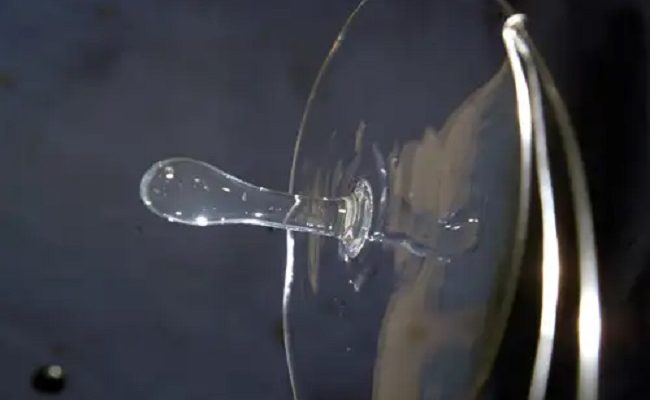Have you ever felt light? Have you ever experienced the change in the weight of your body in elevators, roller coaster, cliff diving? Doesn’t it seem as if you are weightless for a while? Yes, you do feel that your weight is zero. Let us highlight the reasons for this weightlessness.
What is weightlessness?
The experience of weightlessness is felt when there is no supporting force acting on the body.
Weightlessness is a term used to describe the sensation of a complete or near-complete absence of weight. It is a sensation experienced by an individual where there is no external force or objects touching one’s body. In simpler words, the sensation of weightlessness experienced when all the contact forces are removed. These sensations are common to the state of free fall.
Examples:
- Zero gravity: It is another term referring to the phenomenon of weightlessness. Bodies in free fall and those in orbit experience this feeling. For instance, people board the International Space Station in one of the man-made satellites in orbit around the earth, experience zero gravity when they are on board.
- People travelling in an elevator: We feel that weight is being reduced while the elevator goes down. This due to the effective weight, which is the equal and opposite force exerted by the floor because of our weight. We feel weightless even though there is the acceleration due to gravity and mass. This is because the effective weight is equal to zero.
Surface Tension
The tendency of fluid surfaces to shrink into the minimum surface area possible is referred to as surface tension. Scientifically we can defined surface tension as the phenomenon that arises when the surface of a liquid is in contact with another phase (can be a liquid ). Liquids tend to occupy the least surface area possible. The surface of the liquid acts like an elastic sheet.
Why Surface tension?
It is a physical property of liquids, in which the molecules are drawn into each and every side. The intermolecular forces such as Van der Waals force, draw the liquid particles together. Throughout the surface, the particles are attracted to the rest of the liquid.
Unit and Formula
- T=F/L
Where,
T is the surface tension of the liquid
F is the force per unit length
L is the length in which force act
- The SI unit of Surface Tension is Newton per Meter or N/m.
Examples:
- Floating needle on the surface of the water
- Cleansing action of soap and detergents on clothes
- Water droplets on some surfaces of the leaves. Droplets look like small bubbles
- Rainproof or waterproof sheets or covering materials (that get rid of water)
Weightlessness and surface tension have a major contribution to the branch of physics. Many concepts, derivations, formulas have come up through these phenomenons. Weightlessness mainly stretches its hand in topics related to gravity, space, and astronomy. Surface tension plays an important role in understanding the properties of liquids, viscosity, and fluidity of the substance.







Comments